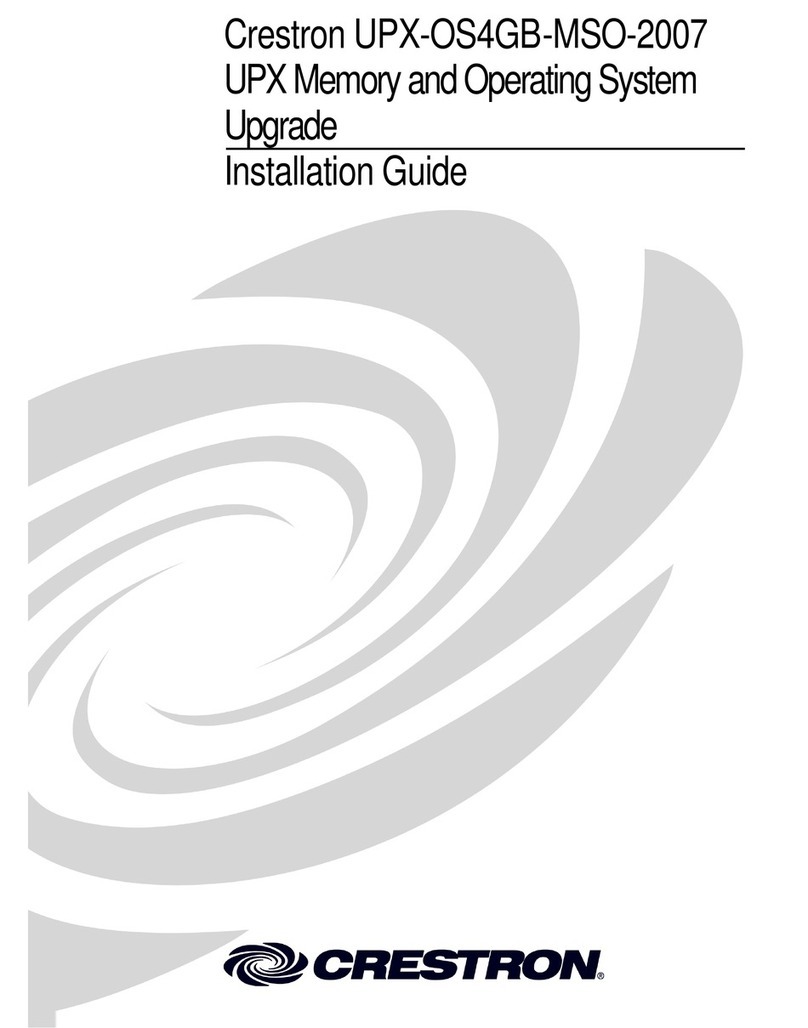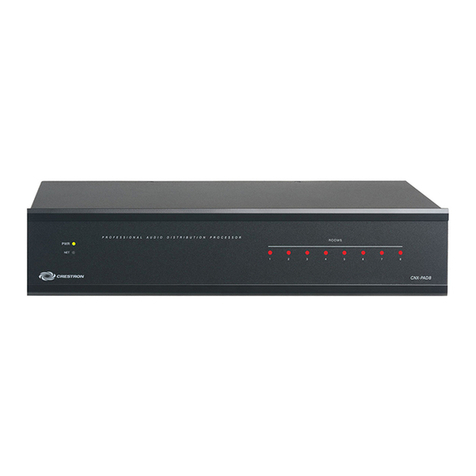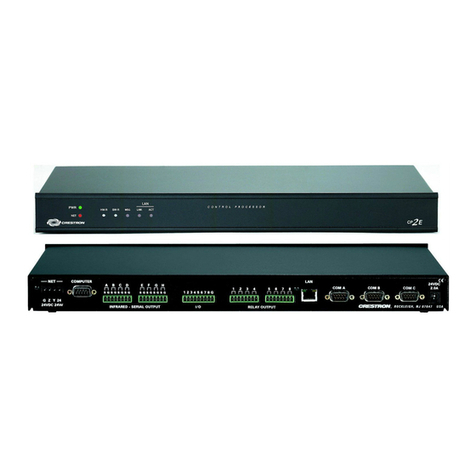Crestron C2VEQ-4 How to use
Other Crestron Computer Hardware manuals
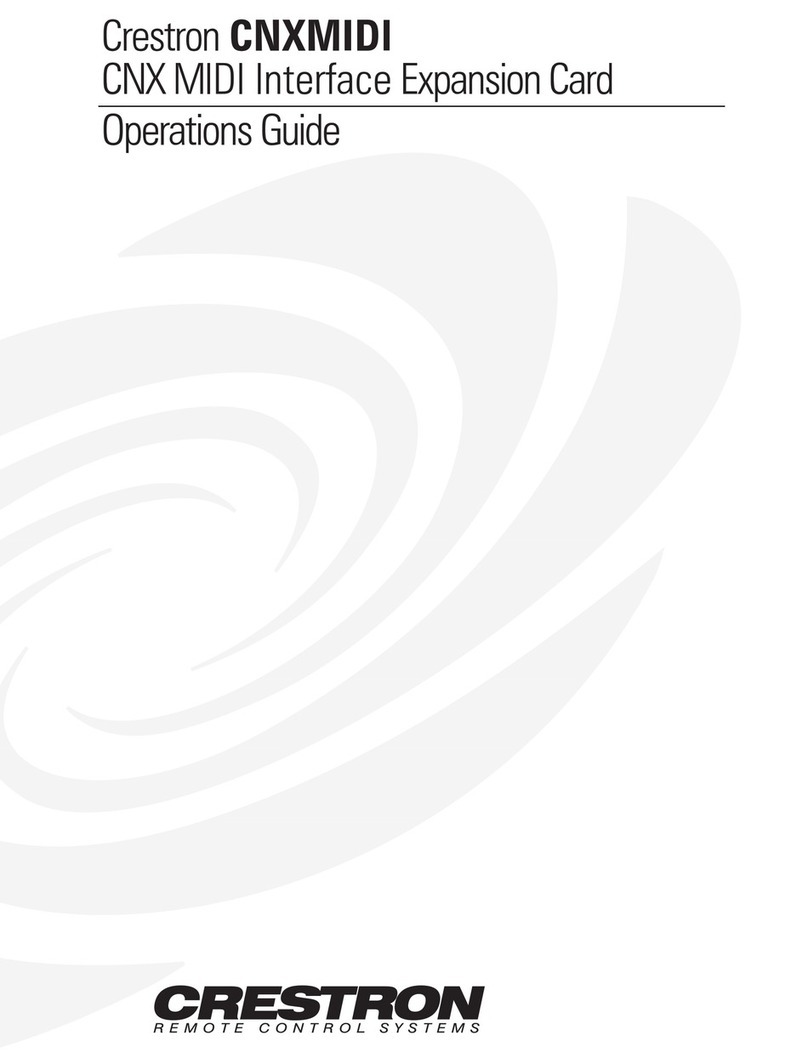
Crestron
Crestron CNXMIDI User manual
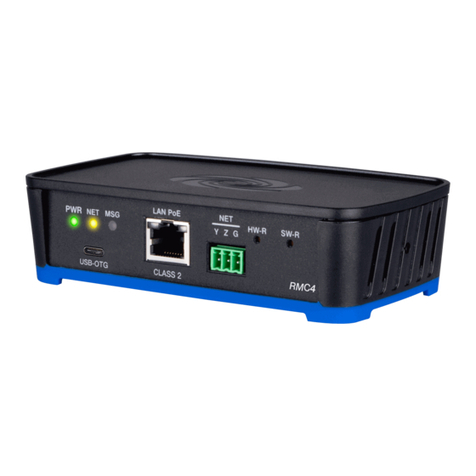
Crestron
Crestron 4 Series User manual
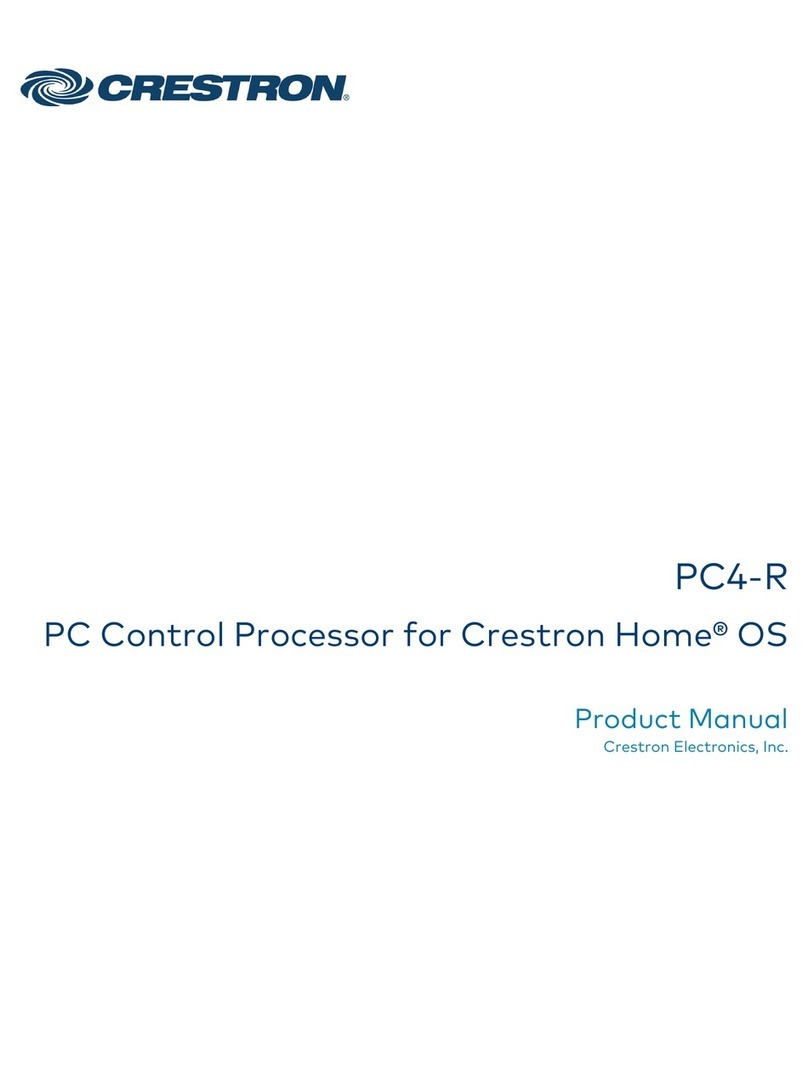
Crestron
Crestron PC4-R User manual

Crestron
Crestron UPX-2 User manual
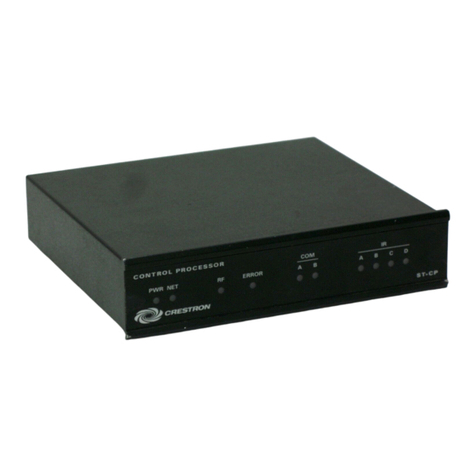
Crestron
Crestron ST-CP User manual
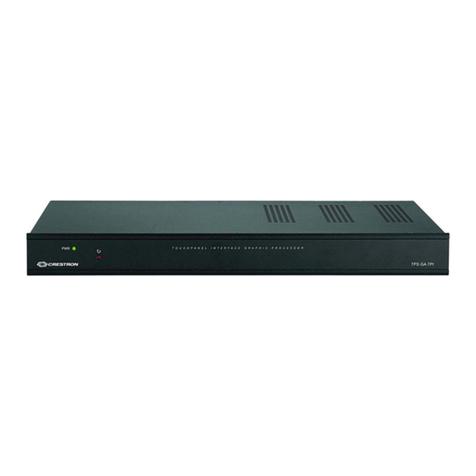
Crestron
Crestron TPS-GA-TPI User manual
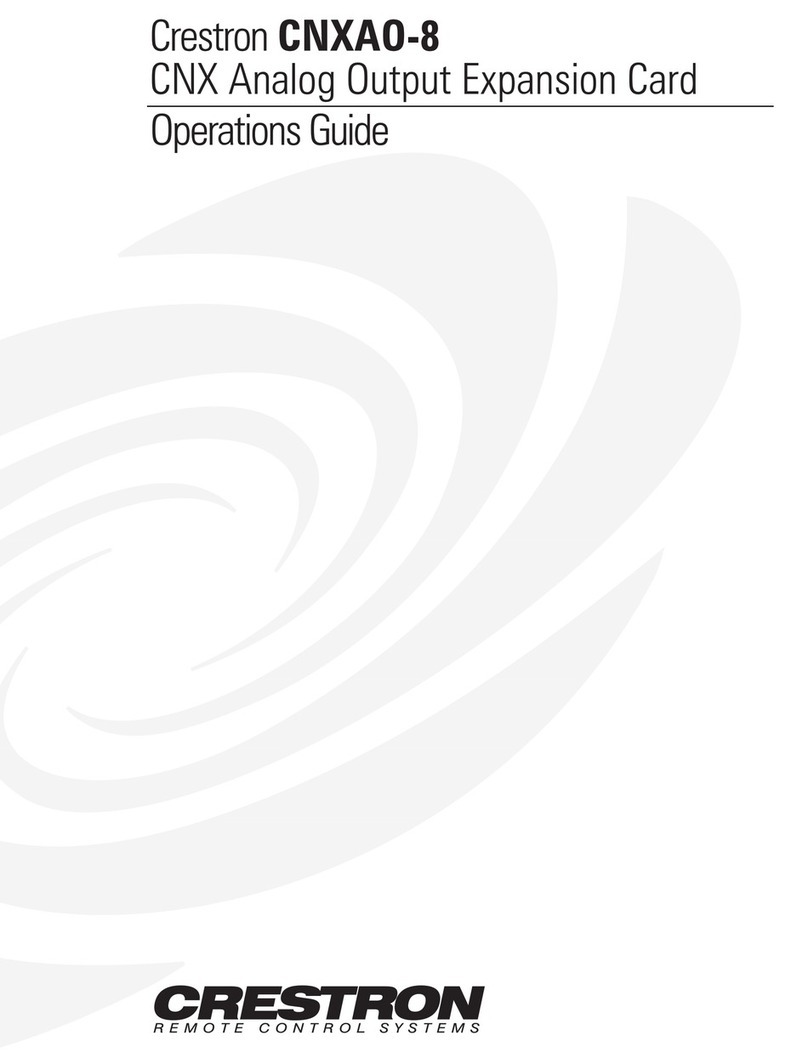
Crestron
Crestron CNXAO-8 User manual
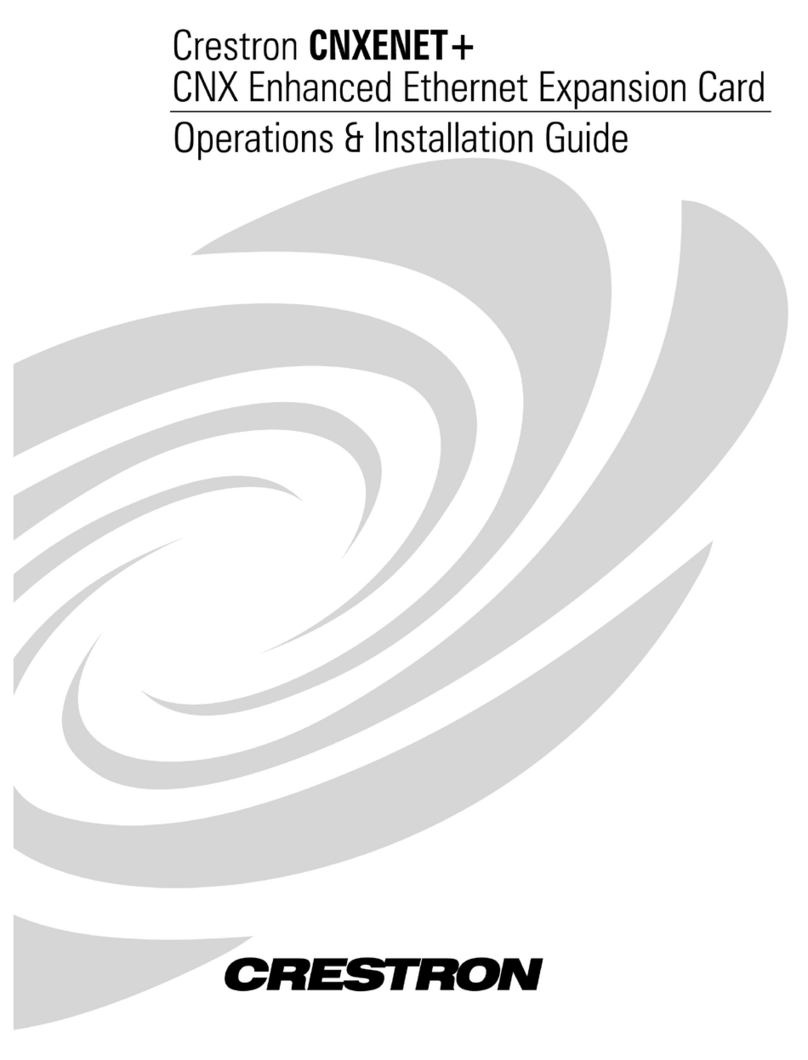
Crestron
Crestron CNXENET+ How to use

Crestron
Crestron UPX-2 User manual
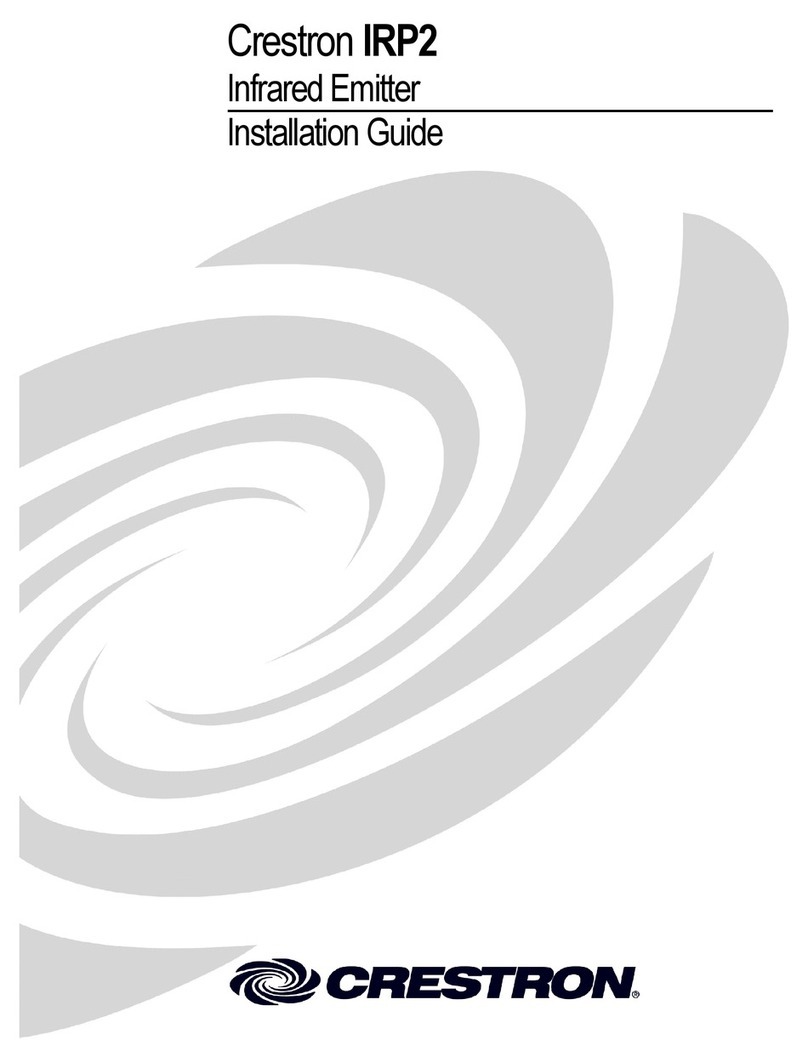
Crestron
Crestron IRP2 User manual
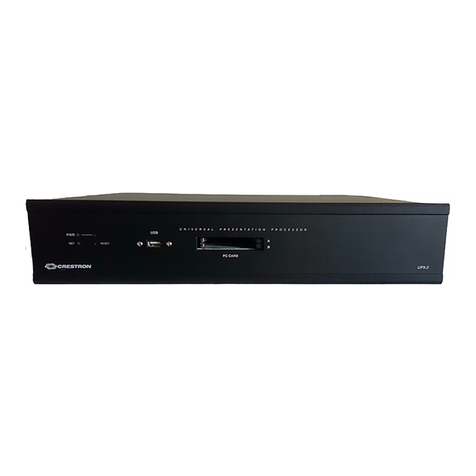
Crestron
Crestron UPX-2 User manual
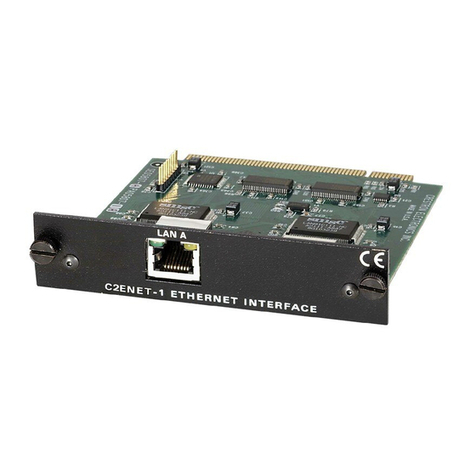
Crestron
Crestron C2ENET-1 How to use
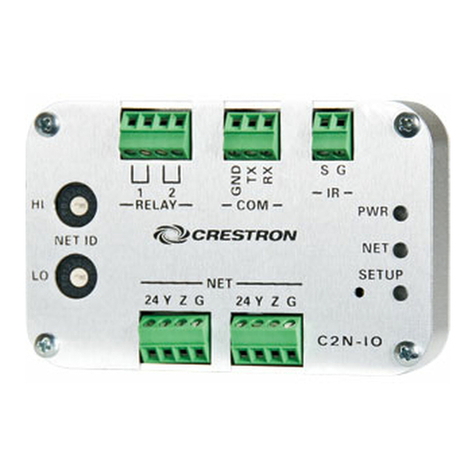
Crestron
Crestron C2N-IO User manual
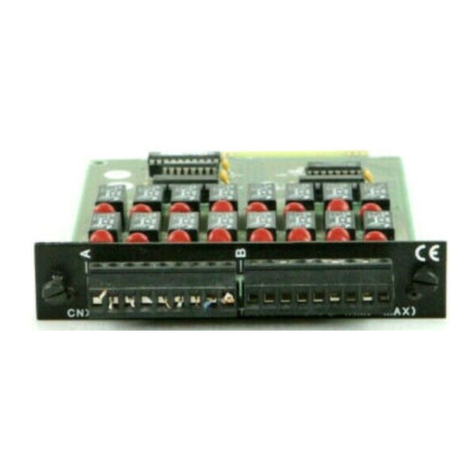
Crestron
Crestron CNXRY-16 User manual

Crestron
Crestron DIN-AP3 Original operating instructions

Crestron
Crestron DigitalMedia DMC-VID4 User manual
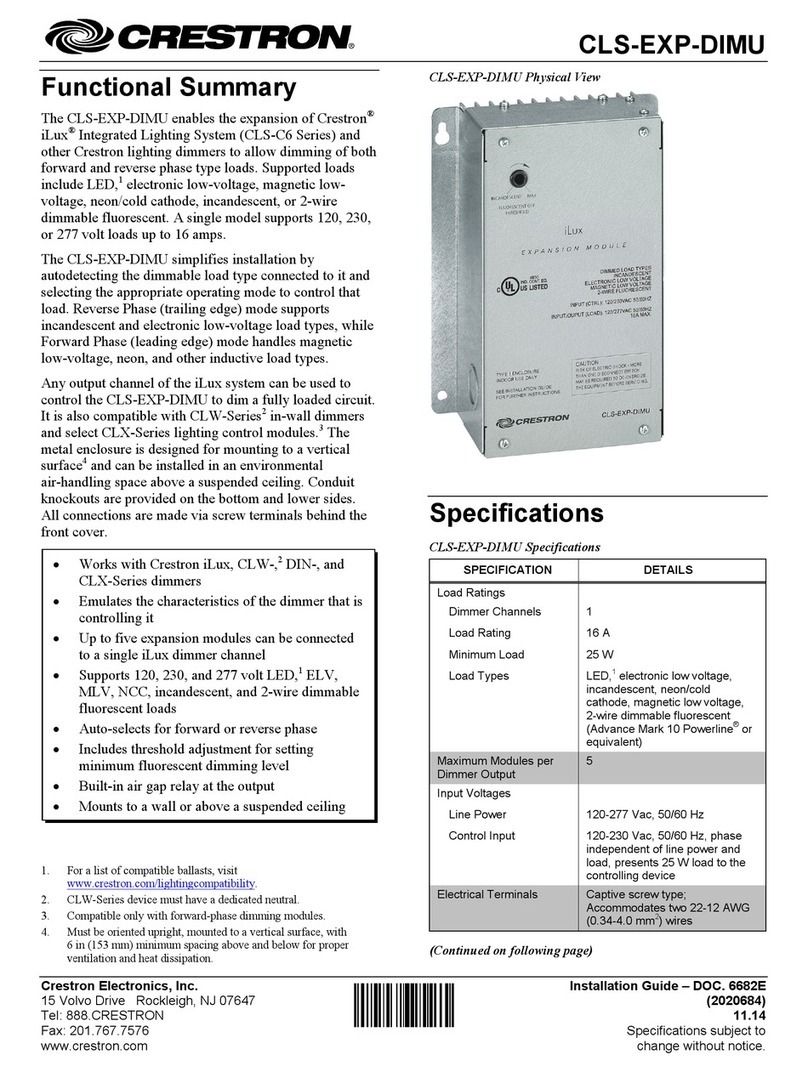
Crestron
Crestron CLS-EXP-DIMU User manual
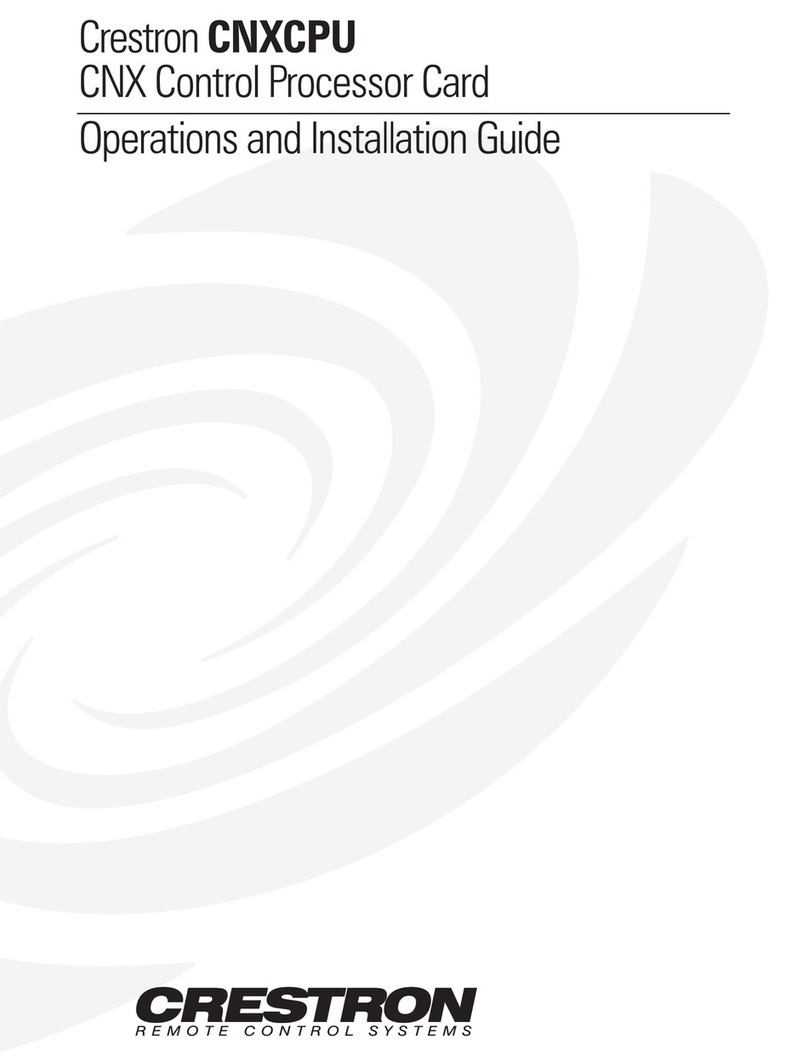
Crestron
Crestron CNXCPU How to use
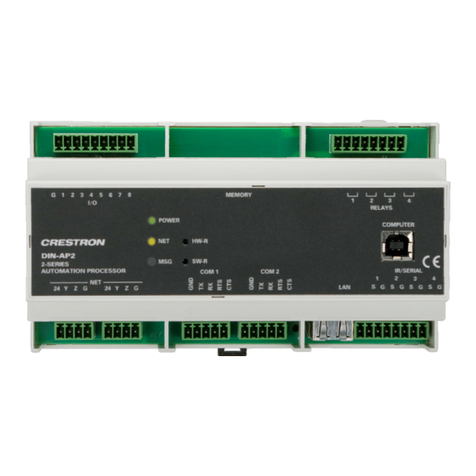
Crestron
Crestron DIN Rail Control Processor DIN-AP2 How to use
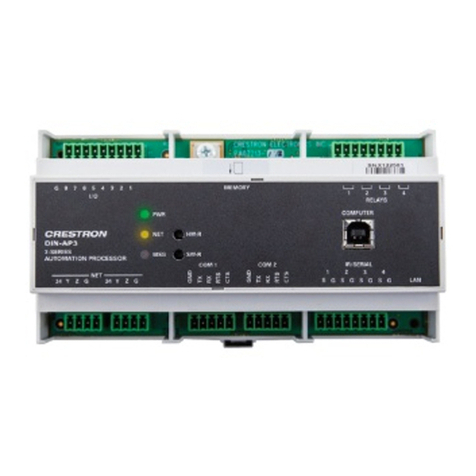
Crestron
Crestron DIN-AP3MEX Original operating instructions
Popular Computer Hardware manuals by other brands

EMC2
EMC2 VNX Series Hardware Information Guide

Panasonic
Panasonic DV0PM20105 Operation manual

Mitsubishi Electric
Mitsubishi Electric Q81BD-J61BT11 user manual

Gigabyte
Gigabyte B660M DS3H AX DDR4 user manual

Raidon
Raidon iT2300 Quick installation guide

National Instruments
National Instruments PXI-8186 user manual
